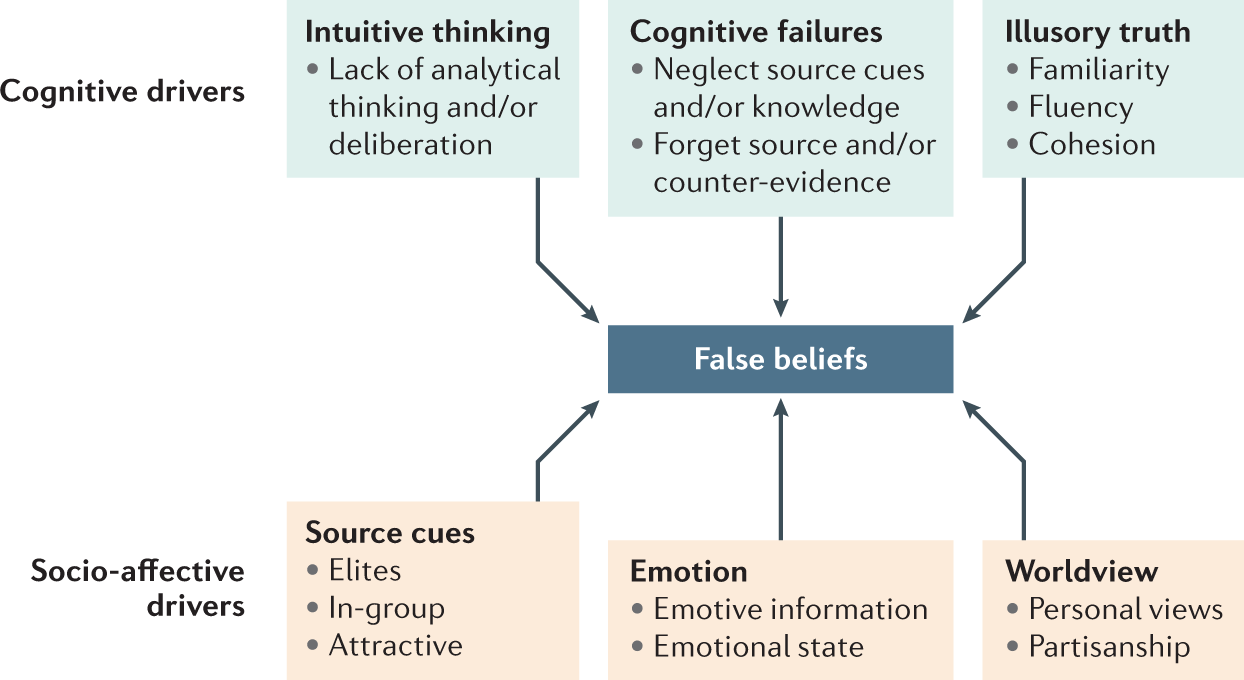The digital divide in the U.S. Does not affect both rural and urban areas equally; this statement is false.
Urban areas generally exhibit less of a digital divide due to better infrastructure and accessibility. The digital divide refers to the gap between demographics and regions that have access to modern information and communication technology, and those that don’t or have restricted access.
In the United States, the digital divide raises significant concerns as it can affect education, job opportunities, and healthcare access. This technological chasm often creates a barrier for low-income families and communities in remote areas. Efforts to bridge the digital divide focus on increasing internet accessibility, enhancing digital literacy, and ensuring affordable services for underserved populations. Addressing this issue is vital for promoting equal opportunities for all Americans in a rapidly evolving digital landscape. The topic invites both policymakers and private entities to consider innovative solutions that foster digital inclusion.
Introduction To The Digital Divide
Imagine a world where everyone accesses useful information at a click. Sadly, this is not yet a reality. This split is known as the Digital Divide.
Defining The Digital Divide
The Digital Divide is a term referring to the gap between those with and without reliable internet and technology access. Two main factors play into this divide:
- Geographical location: Rural areas usually have fewer Internet Service Providers (ISPs) compared to urban locations.
- Socio-economic status: Devices and internet subscriptions can be expensive. Thus, low-income households may have fewer devices or slower internet connections.
Current State In The U.S.
In the U.S., the Digital Divide continues to persist. Let’s look into the facts:
| Geographical Location | Socio-economic Status |
|---|---|
| Approximately 24% of rural areas lack dependable broadband access. | From low-income families, only about 56% have access to high-speed internet. |
Despite the progress, digital access remains a hurdle for many Americans. Bold action is necessary to bridge the U.S. Digital Divide.

Credit: rossieronline.usc.edu
Myth 1: Universal High-speed Internet Access
The idea that everyone in the U.S. has access to high-speed internet is a myth. Internet access varies widely based on location, cost, and quality. Uncover the truth below.
Rural Vs. Urban Internet Access
Rural areas lag behind in access. Less than 70% of rural Americans have high-speed internet, compared to over 90% in urban areas.
- Rural areas: Less than 70%
- Urban areas: Over 90%
Quality And Cost Disparities
Not all internet access is equal. Factors like service quality and cost reveal a digital divide.
| Factor | Explanation |
|---|---|
| Service Quality | Some users have slower, less reliable service. |
| Cost | High-speed internet is not affordable for everyone. |
Therefore, universal high-speed internet access is a myth in the U.S. Rural and urban areas differ significantly in access. Cost and quality disparities also add to the digital divide.
Myth 2: Age Is Not A Factor
‘Myth 2: Age Is Not a Factor’—this statement overlooks a crucial aspect of the digital divide. Contrary to common belief, age heavily influences digital engagement and literacy.
Older Generations Online
It’s a common misconception that seniors steer clear of the internet. Studies show increasing numbers of older adults embracing digital life.
- Social media usage is rising among the 65+ demographic.
- Online shopping is not just for the young; seniors are catching up.
- Healthcare information searches are frequent among older internet users.
Digital Literacy Across Age Groups
Digital literacy varies across age groups. Younger generations may navigate digital terrain with ease, yet older adults often require more guidance.
| Age Group | Basic Skills | Advanced Skills |
|---|---|---|
| 18-29 | High proficiency | Commonplace |
| 30-49 | Moderately high proficiency | Widespread |
| 50-64 | Moderate proficiency | Less common |
| 65+ | Lower proficiency | Rare |
Community programs focusing on educating seniors in technology use are vital.
- They help bridge the digital skills gap.
- Maintain the connectivity of older adults.
- Ensure access to essential online services.
Myth 3: Digital Skills Are Uniform Across Populations
Many believe digital skills spread evenly across all groups. This misconception overlooks clear disparities linked to income and education. Let’s explore how digital skills actually vary within the population.
Income-based Disparities In Skills
Limited resources lead to gaps in digital literacy.
- High-income households often have better access to technology.
- They can afford newer gadgets and faster internet.
- This results in more chances to grow digital skills.
Contrast this with low-income families:
- They might share a single device.
- They deal with slower connectivity.
- This limits their ability to keep pace with digital advancements.
It’s not just about having internet access:
It’s the quality of that access.
| Income Level | Device Quality | Internet Speed | Opportunity for Skill Development |
|---|---|---|---|
| High | Newest models | Fast | Highest |
| Low | Older models | Slow | Limited |
Educational Disparities
Schooling matters in tech proficiency.
- Those with college experience often receive formal training in digital tools.
- They are exposed to a variety of software and platforms.
Without higher education:
- Individuals may miss out on essential digital skill-building.
- They might lack basic computer knowledge.
- This hampers job prospects and personal growth.
Here’s how educational level impacts digital abilities:
| Educational Level | Access to Digital Learning | Exposure to Diverse Tools | Use in Daily Life |
|---|---|---|---|
| Higher Education | Formal training | Various software | Frequent |
| No Higher Education | Occasional learning | Limited software | Seldom |
Myth 4: All Schools Have Equal Technology Access
The Digital Divide is real in the U.S education system. Not all schools share equal access to technology. The reasons are many. Two key ones worth discussing are funding gaps and their impact on student performance.
Funding Gaps In Education
Did you know that schooling funding varies wildly? Different states and even schools within the same district have huge differences. Wealthy areas have more funding. Poor ones have less. This means not all can access or afford the latest digital tools.
| Schools | Funding |
|---|---|
| Wealthy Area School | High |
| Poor Area School | Low |
Impact On Student Performance
Unequal access to technology impacts student performance. Research proves it. Students with good tech access outperform students without access.insert research link here
- Digital Skills:Students with tech access gain important digital skills.
- Research Capacity:They are better equipped to do online research.
- Interactive Learning:Their learning tends to be more interactive and engaging.
Students without tech access get left behind. The Digital Divide in the U.S is not a myth. It’s a truth we must address.
Note: HTML code lines containing “insert research link here” should be replaced with a real link when publishing.
Tackling The Digital Divide
Digital divide in the U.S focuses on unequal access to online resources. Such inequality impacts social, educational, and economic opportunities. So, let’s analyze how the government, private sector, and NGOs are addressing this issue.
Government Initiatives And Policies
The U.S governement has put forth many initiatives to lessen the digital divide. A good example is E-rate. E-rate aims to assist schools and libraries get affordable internet.
- Lifeline program: This provides discounts on phone and internet services to low-income consumers.
- BroadbandUSA: An initiative to support efforts that seek to expand broadband connectivity and enhance digital inclusion.
Role Of Private Sector And Ngos
NGOs and Private sector companies also play a critical role in bridging the digital divide.
- Microsoft’s Airband: This initiative aims to bring broadband to rural areas in America.
- EveryoneOn: A non-profit, aims to create social and economic opportunity by connecting low-income families to affordable internet service and computers.
Frequently Asked Questions Of Which Of The Following Is False About The Digital Divide In The U.S.?
Which Statement Is True Regarding The Digital Divide?
The digital divide refers to the gap between those who have easy access to the internet and technology and those who do not.
Which One Of The Following Would Not Impact The Digital Divide?
Uniform availability of technological resources does not impact the digital divide.
What Is The Digital Divide Quizlet?
The digital divide Quizlet refers to the growing gap between the ‘digitally enabled’ and the ‘digitally disenfranchised’. This disparity is due to different levels in access to, use of, or knowledge of information and communication technologies.
What Would Not Affect The Digital Divide?
The nature and color of your digital device will not affect the digital divide. Neither will the operating system, brand, or the number of devices you own. These factors are irrelevant to digital disparity.
Conclusion
Addressing the digital divide in the U. S. Remains a vital cause. It’s crucial to identify and debunk misconceptions for a better understanding. Education, accessibility, affordability, and infrastructure are key pillars to bridge this gap. Let us continue the fight against digital inequality and propel our nation forward in the digital age.












































Leave a Reply